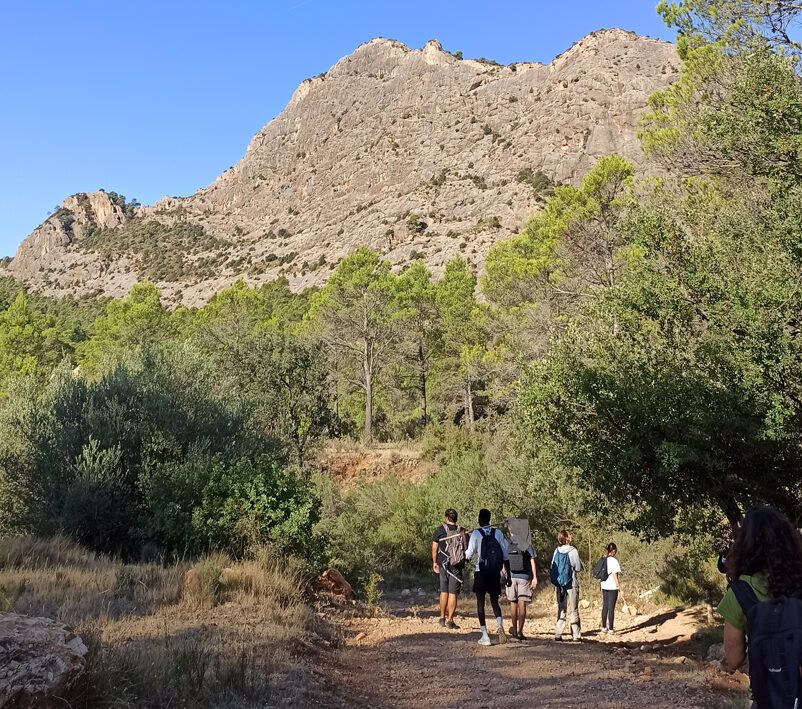The study will evaluate the effects of the influx of people in the Parc Natural dels Ports (Tarragona), the Parc Natural del Montseny (Barcelona and Girona), the Espai Natural Protegit de l’Alta Garrotxa (Girona), and the Reserva Nacional de Caça de Boumort (Lleida).
The project will use photo-trapping cameras and sound recorders to analyze the impact on mammals and birds and promote a model of forest tourism that is compatible with biodiversity conservation.
A new study coordinated by the Forest Science and Technology Centre of Catalonia (CTFC), in collaboration with Fundació Emys, Fundació Trenca, and SEO BirdLife, is evaluating the effects of public influx in four protected natural areas of Catalonia. Using photo-trapping cameras and sound recorders, the researchers aim to determine the impact of human presence on various species of fauna, such as mammals and birds, in forest habitats. The study, which began last April and will last for two years, is now at the key moment with both a peak of visitors and the breeding season of many species.
The natural areas selected for this study are the Parc Natural dels Ports (Tarragona), the Parc Natural del Montseny (Barcelona and Girona), the Espai Natural Protegit de l’Alta Garrotxa (Girona), and the Reserva Nacional de Caça de Boumort (Lleida). In recent decades, these places have experienced a significant increase in visitors who come to these natural areas to enjoy the environment and carry out outdoor recreational activities. However, several studies in protected natural areas suggest that the compatibility of public use and the conservation of natural values requires specific management.
The constant and intense human presence in natural areas can interfere with the behavior of some species, limiting their available living space and altering their reproduction. This impact occurs especially in spring and summer when the breeding season and the peak of visitors coincide in most areas. In addition, the constant passage of people in these areas has other effects such as soil erosion and damage to vegetation.
Among the causes attributed to this increase in the number of visitors are the growth of population, the growing demand for contact with nature, the popularization of the private car as a means of transportation or the democratization of information, which allows a large number of users to get to know natural areas through the Internet and social networks.
Making the benefits of nature compatible with the conservation of natural areas.
Contact with nature and outdoor activities are essential for good physical and mental health. For this reason, the study seeks to make outdoor recreational activities compatible with the conservation of the ecological values of these spaces. Thus, measures will be proposed to recover and improve forest ecosystems, protecting particularly sensitive areas for fauna and flora, informing users about respectful practices, and building more resilient spaces in the face of climate change and forest fires.
This action is part of the Flow4Bio project, Flowing Forests for Biodiversity and People, which promotes sustainable forest tourism in rural areas, combining economic development with biodiversity conservation. Its objectives include improving and unifying the management of forests with high human traffic and transferring knowledge between provinces and autonomous communities to promote quality tourism destinations resilient to climate change.

Last modified: 30 August 2024










